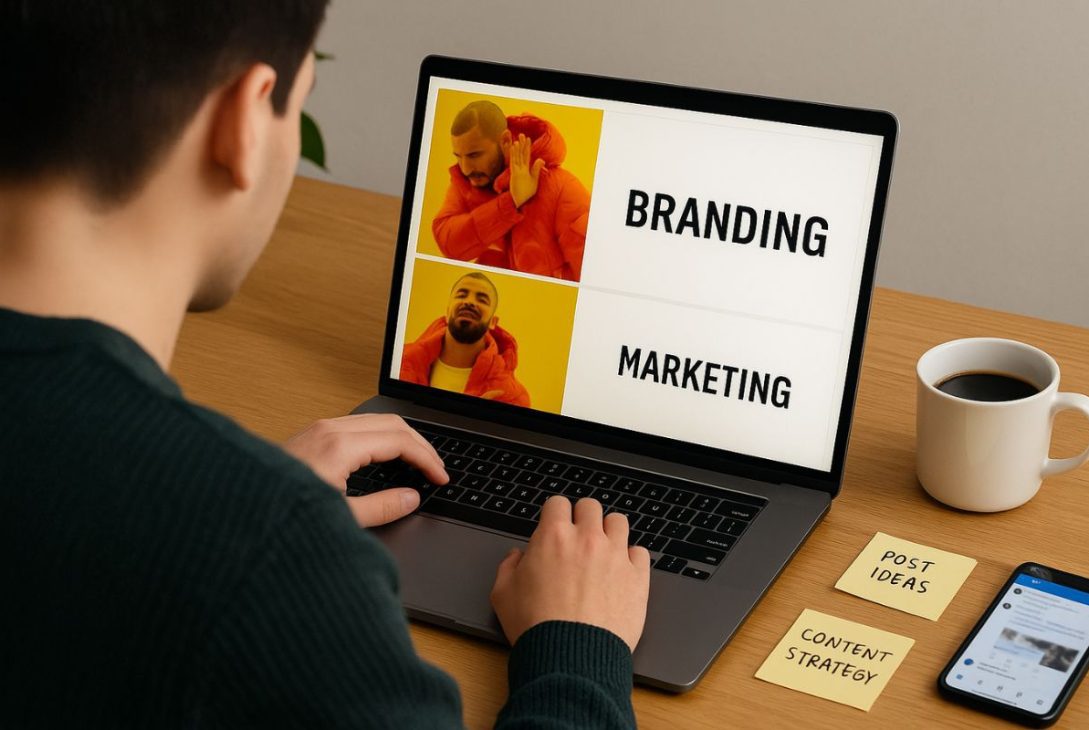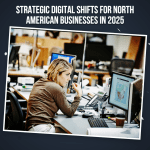Introduction
Digital transformation has accelerated the pace at which consumers interact with brands, creating new expectations for authenticity, speed, and cultural awareness. Among the most compelling developments is the rise of memes as a sophisticated engagement vehicle. What began as lighthearted internet humor now commands serious consideration within boardrooms seeking competitive advantage. This article examines how data driven meme strategies can elevate brand interaction, outlines governance frameworks to protect reputation, and provides actionable insights for executives who wish to align marketing with contemporary audience behavior.
The Evolution of the Meme Landscape
The term “meme,” originally coined by evolutionary biologist Richard Dawkins to describe ideas that replicate and mutate, has taken on a specific digital meaning: an image or short video paired with concise text that conveys a relatable concept. Over the past decade, memes have shifted from fringe entertainment to mainstream communication. Their potency lies in two factors: first, memes leverage shared cultural references that trigger immediate recognition and emotional resonance; second, they demand minimal production resources compared with traditional campaigns, thereby enabling rapid iteration at scale.
Analysts report that meme based posts achieve engagement rates up to 5 times higher than static branded content across major social platforms. This performance differential remains consistent across demographics, though the highest gains are observed within younger, digitally native cohorts. For brands that traditionally rely on polished creative assets, the meme format offers a complementary channel capable of accelerating reach and fostering brand intimacy without significant cost escalation.
Virality, Relatability, and Cultural Currency
Three components underpin the strategic value of memes:
- Virality Potential
Algorithms prioritize content that garners swift interaction. Memes, by design, invite immediate likes, shares, and comments, activating distribution mechanics that extend organic reach. Consequently, a single well timed meme may outperform paid media in impressions, saving budget while amplifying voice. - Relatability Factor
Successful memes translate complex experiences into concise, humorous observations. This relatability nurtures community identity, positioning the brand as a participant rather than an outsider. When a meme echoes the lived reality of a target audience, it transforms passive followers into proactive advocates who disseminate the content further. - Cultural Currency
Timing is critical. A meme that references current events or trending topics can demonstrate social literacy, signaling that the brand remains attuned to real world conversations. Conversely, outdated references may erode credibility. Thus, continuous trend monitoring becomes a prerequisite for any data driven meme initiative.
Data Driven Rationale for Executive Adoption
Executives are charged with allocating resources in pursuit of measurable returns. Recent studies show that brands integrating meme content see an average 14 percent increase in click through rates on adjacent call to action elements, such as newsletter subscriptions or product links. Furthermore, sentiment analysis tools reveal that meme enriched campaigns frequently yield higher positivity scores, reinforcing perception of approachability and authenticity.
Critical to this success is the strategic application of data. By analyzing historical engagement metrics, marketers can determine optimal posting frequencies, content themes, and audience segments. Machine learning models refine these parameters over time, transforming meme deployment from creative experimentation into a disciplined, repeatable process.
Integrating Memes into Corporate Communications
A disciplined meme strategy begins with alignment to overarching brand objectives. The following framework ensures cohesion:
- Define Purpose and KPIs
Determine whether memes will serve top of funnel awareness, mid funnel engagement, or bottom of funnel conversion. Establish metrics such as share velocity, follower growth rate, and attribution assisted conversions. - Develop a Template Library
Design standardized visual frameworks that incorporate brand fonts, colors, and logos. This approach preserves corporate identity while accommodating the fluidity of meme culture. - Employ AI Assisted Creation
Text to image and caption generation tools accelerate production cycles and enable personalized variations across audience segments. Integrating these tools into an internal content management system allows compliance teams to review assets before publication. - Implement Agile Workflows
Memes demand timeliness. Adopt sprints or daily stand ups for rapid concept vetting, production, and deployment. Feedback loops ensure real time optimization based on performance data.
Risk Governance and Brand Safety
Humor is subjective, and cultural references evolve quickly. To mitigate reputational exposure:
- Contextual Compliance Review
Validate that each meme’s imagery and language are devoid of unintended negative connotations. Leverage sentiment analysis dashboards and legal counsel for high sensitivity topics. - Diversity and Inclusion Assessment
Ensure representation within visual elements and avoid stereotypes. A diverse review committee can identify potential oversights. - Crisis Response Protocol
Establish pre approved statements and alternative assets in the event of public backlash. Speed is essential; addressing concerns within the first 24 hours can contain reputation damage.
Measurement and Optimization
A data centric approach requires rigorous measurement. Recommended metrics include:
- Engagement Rate
Total interactions divided by reach provides immediate feedback on content resonance. - Share Velocity
The rate at which users forward content within the first hour predicts eventual viral scale. - Sentiment Shift
Track changes in positive, neutral, and negative commentary ratios to evaluate brand perception impact. - Assisted Conversions
Attribute downstream actions such as form fills or purchases to initial meme interaction using multi touch attribution models.
Dashboarding these indicators allows executives to compare meme performance with other content categories, isolating incremental value and informing budget reallocation.
Case Applications in B2B and B2C Contexts
While consumer brands were early adopters, business to business organizations are increasingly leveraging memes to humanize complex solutions. For instance, a software vendor might use developer community humor to articulate pain points in legacy systems, thereby positioning its platform as a remedy. In contrast, a consumer goods company can deploy lifestyle oriented memes to reinforce brand positioning and drive seasonal product awareness.
Success hinges on audience authenticity. B2B memes should reference industry specific challenges that resonate with professional experiences, whereas B2C memes often succeed through universal, day to day scenarios. In both cases, rigor in message alignment ensures comedic value does not eclipse strategic intent.
Future Outlook: Artificial Intelligence, Mixed Reality, and Regulatory Considerations
Artificial intelligence will continue refining meme generation by predicting trending themes prior to mainstream adoption. Natural language processing models will identify emergent slang and symbology, empowering brands to preemptively craft content. Moreover, the maturation of augmented and mixed reality environments will usher in interactive meme formats, enabling users to manipulate brand assets in real time. Regulatory bodies may respond with guidance on disclosure and intellectual property, particularly as user generated memes incorporate branded elements.
Executives should monitor developments in privacy legislation, notably restrictions on data collection that could limit audience targeting granularity. Proactive compliance will preserve agility while safeguarding consumer trust.
Conclusion
Memes have transcended their origins as casual social currency to become a measurable, data enriched instrument of brand engagement. For executives overseeing marketing transformation, the imperative is clear: integrate meme strategy within a robust governance framework, invest in analytical capabilities, and cultivate a culture of agility. By doing so, organizations position themselves at the confluence of cultural relevance and operational excellence, poised to capture the attention of modern audiences while maintaining the rigor that defines professional, authoritative communication.








